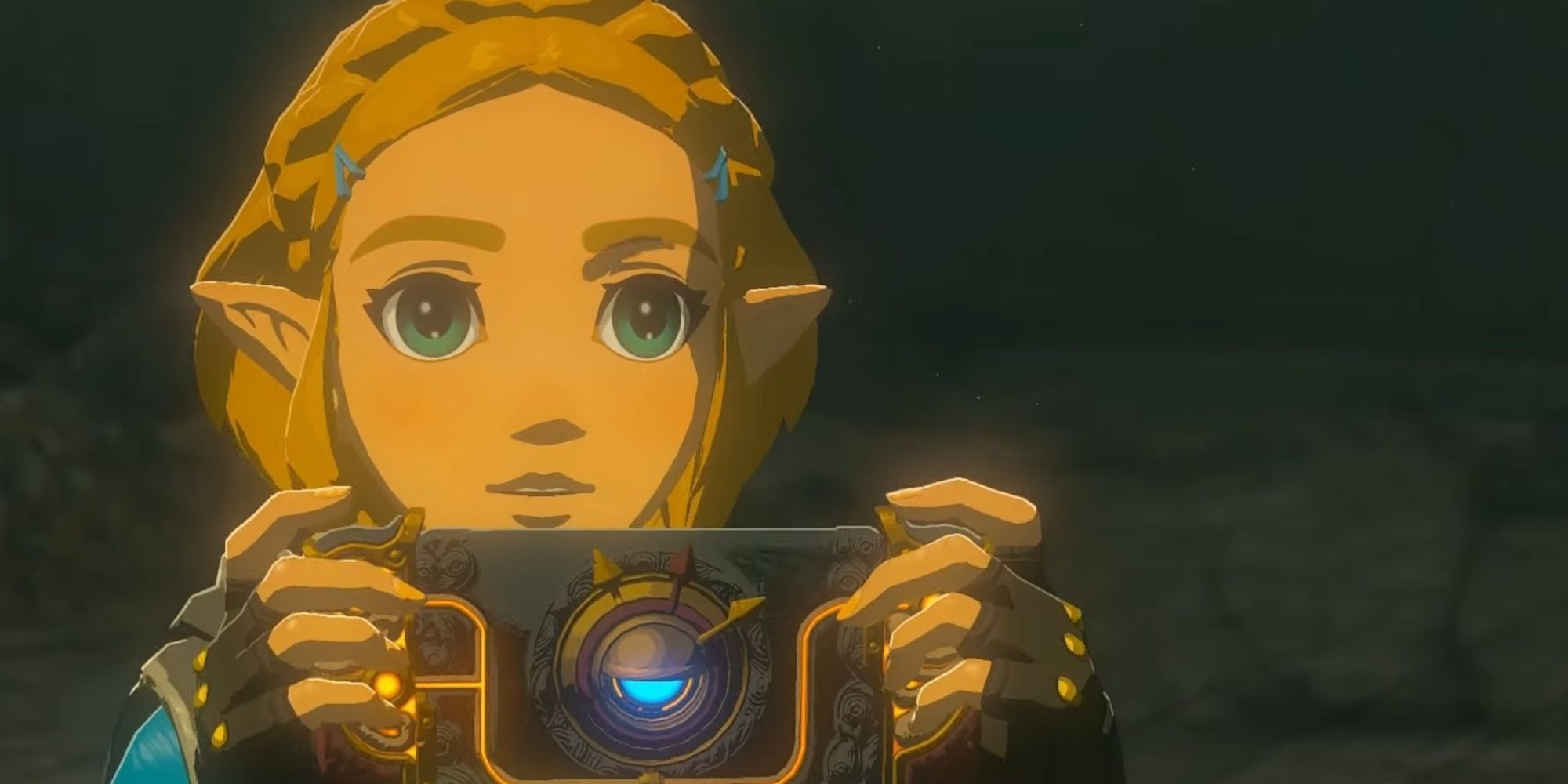Highlights
- The shrines and lightroots in Nintendo's Tears of The Kingdom are based on real locations in Kyoto, Japan, where Nintendo's offices are located.
- A Japanese netizen discovered the correlation between shrine names and actual place names in Kyoto, and even created a physical map of their findings.
- While not every shrine aligns with the exact same place as its real-life counterpart, there are landmarks that act as guideposts for where to place these extra shrines.
In an intriguing discovery related to Nintendo's popular Tears of The Kingdom, it appears that the strange names of the shrines and lightroots in the game are not random after all, but are based on real locations in the city of Kyoto, Japan, specifically where Nintendo's offices are located.
The investigative journey began with Chubby_Bub doing a simple search in Japanese and discovering that a Japanese netizen named Sui (@SO_far_69) had identified the correlation between shrine names and actual place names in Kyoto (and even created a physical map of their findings). Intrigued by this revelation, Chubby_Bub, with the help of another user named @YuARPG2021 and some limited knowledge of Japanese, took on the task of documenting these connections using Google Maps for easier comparison with the game.
Irasak Shrine, for example, is another name for Rakusai (a southwestern area of Kyoto). The shrine is located in the Gerudo Desert area, which is also located in the southwestern area of Hyrule in Tears of the Kingdom. Another example is the Shifumimi Shrine, which is named after the Fushimi Ward, both of which are in the south of their respective maps. And the list goes on. The map is very detailed and includes all the Japanese names and real-life photos of each location, making it easy for anyone to draw comparisons and parallels.
After laying it all out, Chubby_Bub notes that not every shrine aligns with the exact same place as its real-life counterpart but is scattered around these locations. However, there are landmarks that act as guideposts for where to place these extra shrines. Examples include the Korok Forest Shrine (Musanokir) and Murasakino (a district in northern Kyoto). Nintendo HQ is also located around the same place as Lurelin Village, which is sort of your main hub town.
The connections also extend to the geography of places like the Gerudo Highlands and the Arashiyama Mountains, and the mountainous Ukyō Ward, which corresponds to the Hebra Mountains, but of course these are all the user's own observations, and not concrete information.
It should be noted that Hyrule in Breath of the Wild and Tears of the Kingdom being inspired by Kyoto isn't new information, as director Hidemaro Fujibayashi mentioned the resemblance in an earlier interview. But in Breath of the Wild, the shrine names were derived from the names of the developers who worked on the game. That wasn't the case with Tears of the Kingdom, but now we know why.
The answer adds a lot of emotional weight to wandering around the lands of Hyrule, especially if you live in Japan and experience the resemblance for yourself.


